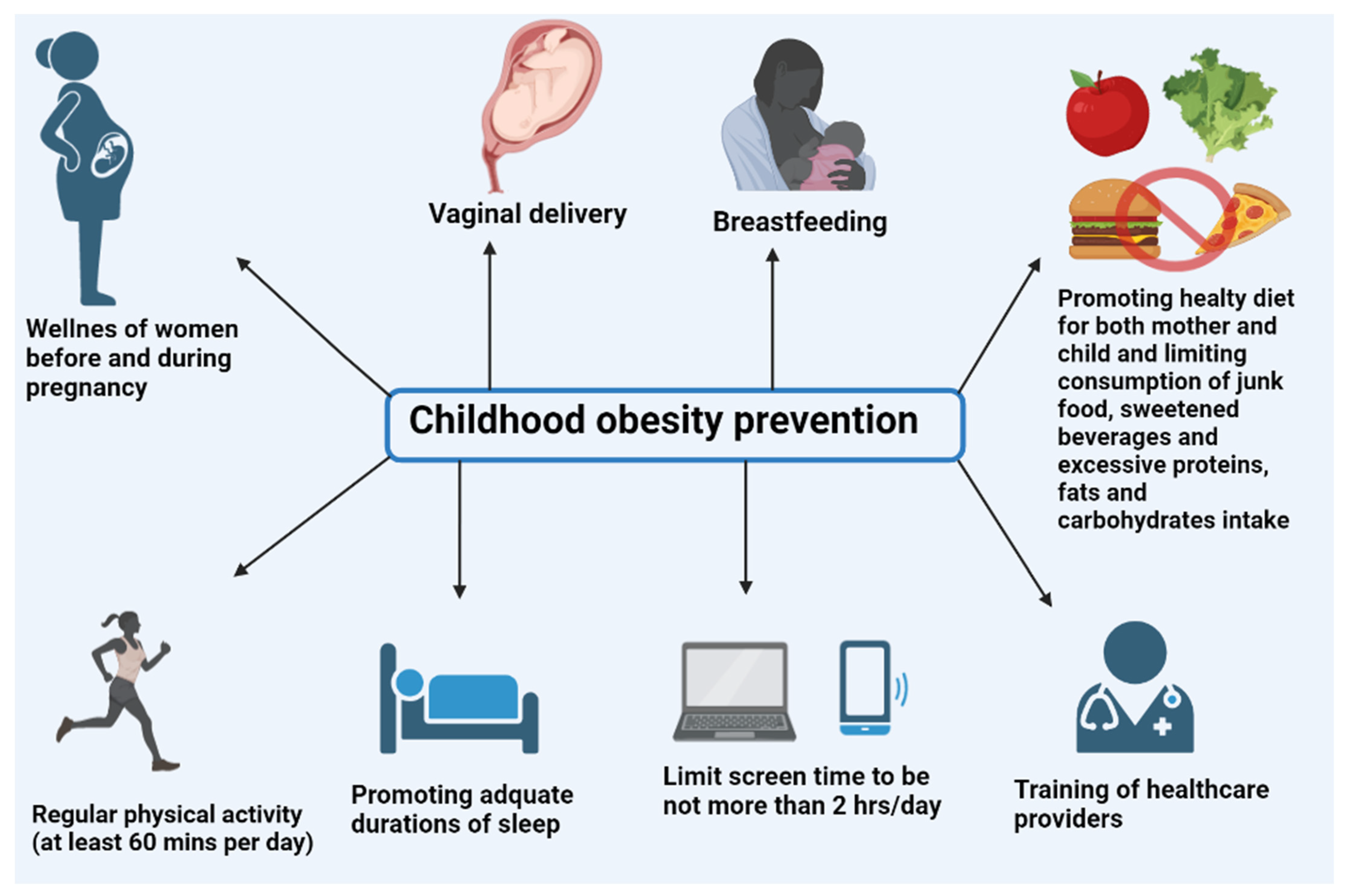Are you worried about the rising rates of childhood obesity and want to make a real difference? Childhood obesity prevention programs are designed to help you protect your child’s health by promoting better eating habits, more physical activity, and healthier lifestyle choices.
These programs don’t just focus on kids—they involve families, schools, and communities to create lasting change. By understanding how these programs work and what makes them effective, you can find the right tools to support your child’s well-being and set them on a path to a healthier future.
Keep reading to discover the types of programs available, proven strategies that work, and how you can get involved in making a positive impact today.
Types Of Programs
Childhood obesity prevention programs come in different forms. Each type targets specific environments where children live and learn. These programs promote healthy habits, aiming to reduce obesity rates effectively. Understanding the types helps to see how they reach children and families.
School-based Programs
Schools are key places for obesity prevention. These programs offer nutrition lessons and physical activities. They create healthy school policies, like better lunch options. Teachers and staff support children in making good choices daily. Schools also involve parents to reinforce habits at home.
Community-based Programs
Community programs bring people together for health. They organize events such as walking clubs and cooking classes. Local stores may offer healthier food options through these programs. Families join activities that encourage active lifestyles. The goal is to build a supportive environment outside school.
Healthcare Provider-led Programs
Doctors and nurses play a vital role in prevention. These programs include regular screenings to identify obesity risks early. Healthcare providers counsel families on nutrition and exercise. They connect families to community resources for extra support. Early intervention helps guide children toward healthier futures.
Policy Interventions
Policies shape the bigger picture of childhood health. Governments set rules for school meals and food labeling. These laws improve access to nutritious foods for children. Policies can limit unhealthy food advertising to kids. Such changes create a healthier environment for all children.

Credit: www.mdpi.com
Program Examples
Several programs aim to reduce childhood obesity by teaching healthy habits. These programs offer practical ways for kids and families to live healthier lives. Each program uses different methods, such as education, community support, and policy changes. Below are examples of some well-known programs that work toward this goal.
Smart Moves
Smart Moves is a school-based program that combines lessons on nutrition and physical activity. It encourages children to make better food choices and stay active daily. The program also teaches behavior changes to support a healthy lifestyle. Schools use it to create a supportive environment for students.
Choose Health La Kids
This community program focuses on nutrition and exercise for children in Los Angeles. It provides resources to families and connects them with healthcare services. The program promotes healthy eating and fun physical activities. It helps build habits that last a lifetime.
Greenlight
Greenlight is led by healthcare providers and targets early childhood obesity. It offers family-based support during regular doctor visits. Parents learn how to feed their children healthy foods and encourage active play. The program aims to prevent obesity before it starts.
Healthy, Hunger-free Kids Act
This federal law funds school nutrition programs across the country. It sets standards for healthier meals and snacks in schools. The act ensures children get access to fruits, vegetables, and whole grains. It helps create a better food environment at school.
Evidence-based Practices
Effective childhood obesity prevention programs rely on evidence-based practices. These practices have proven success in improving children’s health. They focus on changing habits around food, activity, and daily routines. Programs that use these methods show better results in reducing obesity rates.
Family Involvement
Family support is key to lasting health changes in children. Parents and caregivers guide food choices and daily activities. Programs that include families teach them how to encourage healthy habits. This involvement helps children feel supported and motivated.
Healthy Food Choices
Healthy eating is central to preventing obesity. Programs stress eating more fruits, vegetables, and whole grains. Choosing low-fat dairy and lean proteins also helps. Teaching children and families about nutrition improves their daily meals.
Physical Activity
Regular physical activity burns calories and builds strong muscles. Programs promote active play, sports, and exercise for children. Even small increases in movement can improve health. Schools and communities provide safe spaces for activity.
Screen Time Limits
Too much screen time increases sedentary behavior and weight gain. Programs encourage limits on TV, computers, and video games. Setting daily screen time goals helps children stay active. Reducing screen time frees up time for physical play.
Culturally Competent Approaches
Programs that respect cultural differences reach more children effectively. They include foods, activities, and messages that fit diverse backgrounds. Tailoring programs builds trust and increases participation. Culturally sensitive efforts improve health outcomes.

Credit: odh.ohio.gov

Credit: mychn.org
Conclusion
Preventing childhood obesity takes teamwork from families, schools, and communities. Healthy eating and regular exercise should become daily habits. Programs that include parents help make lasting changes. Limiting screen time supports more active lifestyles. Tailoring efforts to fit different cultures improves success.
Small steps lead to big health benefits for children. Everyone can play a part in keeping kids healthy and strong.



